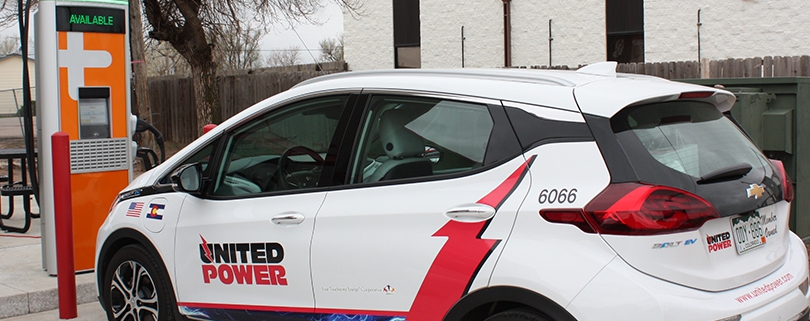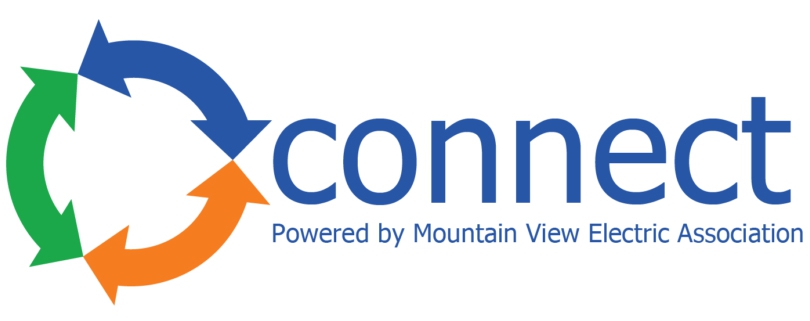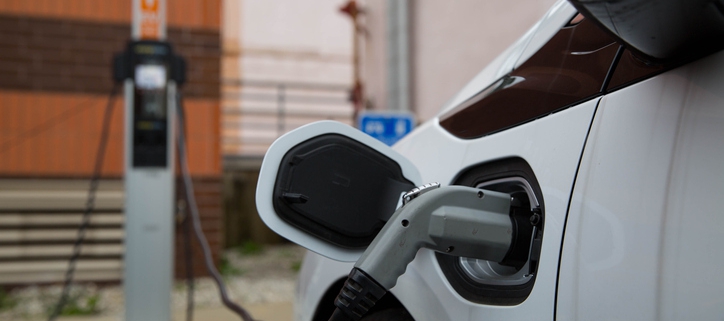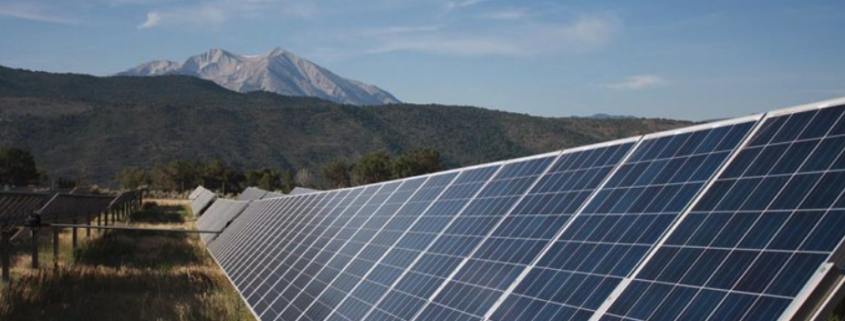Co-op Receives Grant for Internet Infrastructure
In mid-August, Delta-Montrose Electric Association in Montrose was awarded more than $10.5 million in grants to help expand its broadband network to remote, rural communities within Montrose and Delta counties. The funds come from the USDA’s Rural Utility Services Reconnect program. In response to the passing of the bill and the grant award to DMEA, Sen. Michael Bennet (D-Colo.) said the electric co-op and its internet subsidiary, Elevate Internet, set the standard for quality broadband in rural communities.
Coming to the area is about 261 miles of new mainline fiber connecting 2,410 households, three educational facilities, 89 businesses and 115 farms. The grant funds make it possible for DMEA and Elevate Internet to provide symmetrical gigabit speeds to another 6,877 people across its rural service territory.
The network DMEA’s Elevate will construct is a 100% fiber optic network. This is a future-proof network that will diminish the digital divide for homes and businesses for 50 years or more.
DMEA Chief Technology Officer Kent Blackwell said in a recent press release, “This is a great day for DMEA and its members. With these grant funds, a huge area for our membership now has light at the end of the tunnel, bringing with it enormous opportunities for our rural farming communities. These areas can now look forward to having a digital opportunity that has, until now, typically only been available to urban communities.
“Elevate is truly focused on its membership, we are driven every day to find sources of funding to make these network extensions happen in financially responsible ways. It is not an easy task, but unlike our competitors that are driven by profits and margins, Elevate is truly driven by customer satisfaction. So to have an announcement from the USDA like this is 10 million reasons to be happy for our members,” Blackwell said.
Rural residents across the area are now one step closer to a modern internet connection and increased access to online education and telework.










